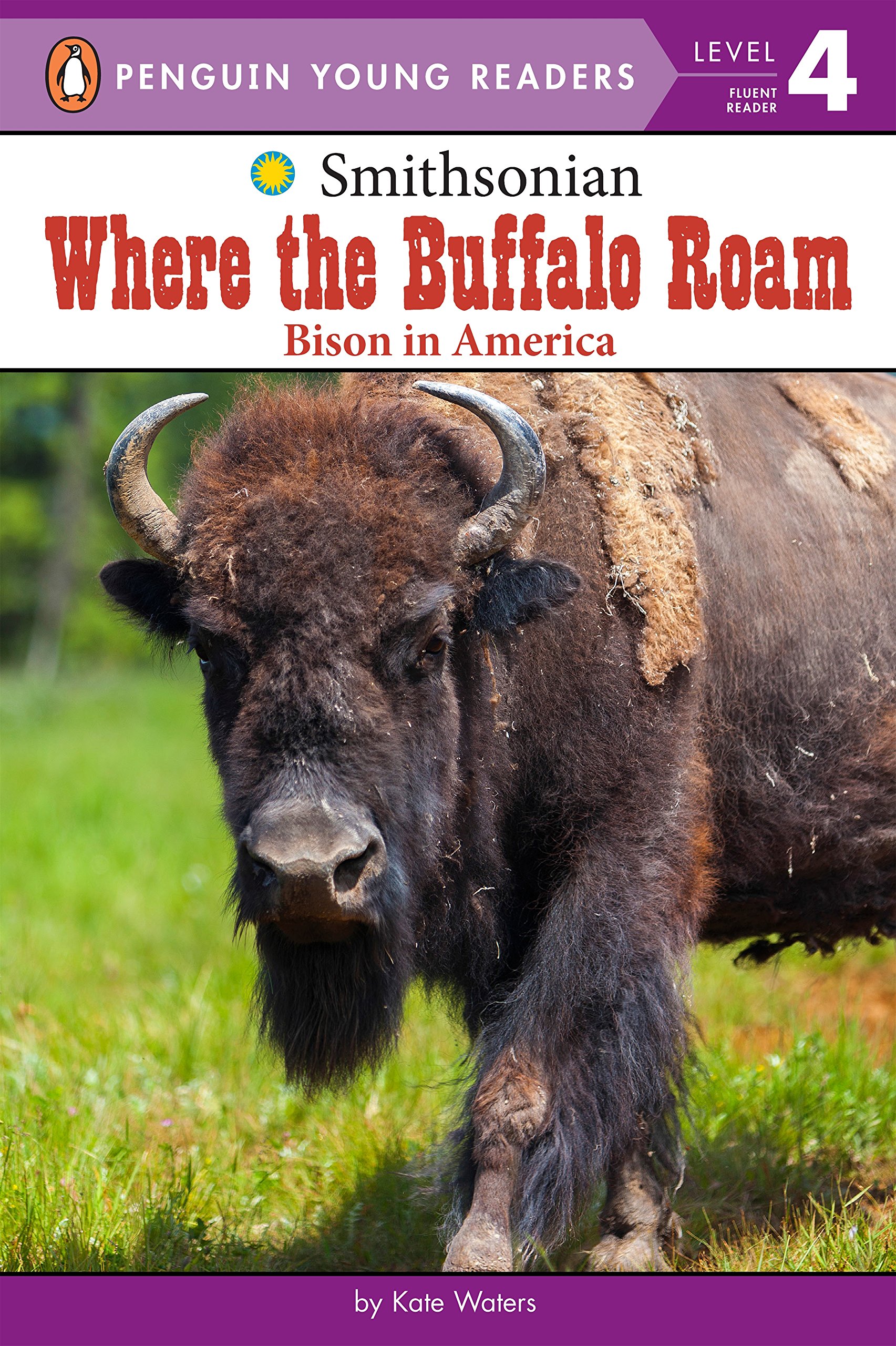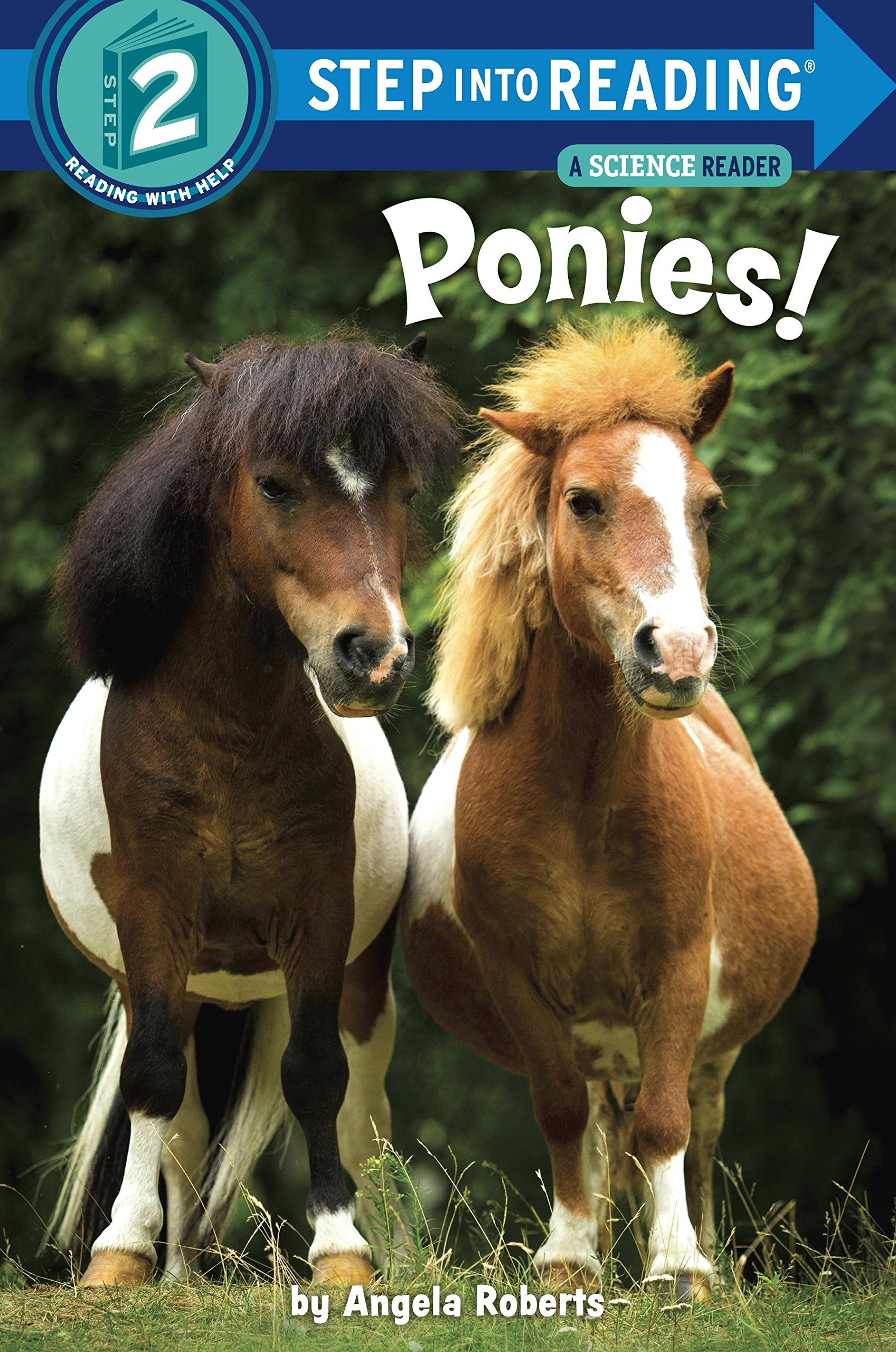Who Was Helen Keller?
Who Was Helen Keller? by Gare Thompson is a chapter book that follows the life of Helen Keller, a woman who was deaf and blind, and how she succeeded in reading, writing, speaking, and becoming such an influential person. The book discusses how Helen Keller got her disability, how she was taught to read and write, and what Helen accomplished after she graduated from college. Within the book there are small inserts about braille and important people Helen came across in more detail. Who Was Helen Keller? would be great for a history lesson, but also for broadening students views of the different people around them and what challenges they have to face in life. One activity to go with this book would be to have students write in braille using the six dot braille alphabet. Teachers could also have the students try to relate to Helen Keller and others with a similar situation by putting on a blind fold and ear plugs and have students see what life would be like from their point of view. Who was Helen Keller? has a Developmental Reading Assessment Level of 40, which ranges from Grade 3 to 4.

Who is Barack Obama?

Who is Barack Obama? by Roberta Edwards is a chapter book that explores the background of the 44th President of the United Sates, Barack Obama. The book states where Barack Obama grew up and how he came to become one of our presidents. Within the book are short inserts of information vaguely mentioned within the main storyline of the book. These sections give more details to help readers understand the content. For example, there were short inserts in the book that discussed Jim Crow Laws and different countries Barack Obama visited, like Indonesia. Who is Barack Obama? gives many opportunities for different history lessons to teach about, like Civil Rights, the U.S. Constitution, and a state students may be unfamiliar with in specific details (Hawaii). An activity that could be done with this book is to have the students act out the three branches of government and the roles of the three in the constitution. Who is Barack Obama? has a Lexile reading level of 740L, which is Grades 3 to 4.
Bridge to Terabithia

Bridge to Terabithia by Katherine Paterson is a chapter book that follows two fifth graders, one a boy named Jess (from his point of view) and the other a girl named Leslie, who form a friendship with each other and create the world of Terabithia in a secret spot in the woods. At the beginning of the novel, Jess doubts himself and is full of fear about life, but Leslie helps Jess let go of those fears and pushes him to live his life how he wants to, especially when Leslie suddenly tragically dies. One way teachers could use this book in the classroom is to have students share fears they have had and how they have faced them or plan to face them. Bridge to Terabithia could also be used as a Literature Circle novel for students to read and discuss with their peers. Bridge to Terabithia has a Lexile reading level of 810L, which is Grades 3 to 4.
Amelia Bedelia Unleashed

Amelia Bedelia Unleashed by Herman Parish is a chapter book that follows a girl names Amelia Bedelia and she is trying to figure out what type of dog she wants to have. To solve her question, Amelia starts to help her friends walk their dogs and she tries to help one dog win a dog show. Through many ups and downs, Amelia finally finds the dog she wants and names it Finally. This book is great because it shows the struggle children and many people can have with differentiating between figurative and literal language and words with multiple meanings. An activity that would work with Amelia Bedelia Unleashed is having a discussion about the homonyms and finding those mentioned in the book and discovering the multiple meanings of the words. Students could create a foldable to help them remember these words. The Lexile level of Amelia Bedelia Unleashed is 580L (Grades 2 to 3).
Mr. Docker Is Off His Rocker!

Mr. Docker Is Off His Rocker! by Dan Gutman is a chapter book all about science. The book focuses on a boy named AJ who thinks science is for nerds. When AJ gets a new science teacher named Mr. Docker and sees all the amazing things that relate to science, AJ realizes that science can be fun and interesting and that science answers many questions of how the world works. Mr. Docker Is Off His Rocker! emphasizes the importance of students having inquiries and testing theories out. In the book, there are mentions of prisms, pendulums, and energy from potatoes. With Mr. Docker Is Off His Rocker, teachers could introduce many science topics and try some of the experiments included in this book, like combining water with the chemicals citric acid and sodium bicarbonate and seeing what happens. Mr. Docker Is Off His Rocker has a Lexile Reading Level of 580L (Grades 2-3).
Junie B. Jones and the Stupid Smelly Bus

Junie B. Jones and the Stupid Smelly Bus by Barbara Park is a very engaging book for young readers where students can relate to the main character Junie B. Jones. Junie B. has her first day of Kindergarten and has to ride the school bus to school, which Junie B. does not enjoy. At the end of the day, instead of going home on the bus, Junie B. hides in the school causing lots of chaos. Junie B. eventually agrees to ride the school bus if she gets to be with a friend. Julie B. Jones is very clever, but still has many lessons to learn. This book would go well with teaching the importance of rules, especially those enforced at school. Using Junie B. Jones and the Stupid Smelly Bus, teachers could have students help make classroom rules and specifically point out dismissal rules at the end of the day. The Fountas and Pinnell text level for Junie B. Jones and the Stupid Smelly Bus is Level M (Grades 3 and 4).
A to Z Mysteries: The Deadly Dungeon
A to Z Mysteries: The Deadly Dungeon by Ron Roy is a short chapter book that follows three kids visiting a writer whose castle is haunted with strange screams. As the three stay at the castle, they discover the mystery of the screams are hidden parrots being poached into the United States by a nearby fisherman. This book would be great for students to read in their free time and write journal entries about topics within it. The book explores the topic of endangered animal species, specifically the green parrots. An activity that could go with The Deadly Dungeon is to have students research about different endangered animals and the dangers of poachers. A to Z Mysteries: The Deadly Dungeon is a Fountas and Pinnell text Level N (Grades 3 to 4).

Where the Buffalo Roam: Bison in America
Where the Buffalo Roam: Bison in America by Kate Waters is a nonfiction guided reading book all about bison. This book discusses where bison live and what they eat, and it shows the relationship bison have to Native Americans and to new white settlers. Where the Buffalo Roam: Bison in America also shows the importance of bison in the United States. This is a great book to introduce students to the aspects of a textbook by having a table of contents, chapter titles, and a glossary. Where the Buffalo Roam: Bison in America also emphasizes the vocabulary being used within the book. The book is a good fit for guided reading lessons and it can be a topic to touch on during a history unit on Native Americans and the respect they had for the animals. According to Guided Reading Level System, Where the Buffalo Roam: Bison in America is a Level P (Grades 3 to 4).

Ponies!
Ponies! by Angela Roberts is a step into reading book about ponies. The book gives descriptive details about ponies' bodies, the different breeds of ponies, and the different things that ponies can do. Ponies! could be a great nonfiction guided reading book for beginning readers and it introduces a variety of vocabulary words. Activities students could perform with this book are labeling the parts of a pony, answering comprehension questions, and describing their favorite breed of pony and why. The Fountas and Pinnell text level for this book is Level J (Preschool-Grade 1).

Days with Frog and Toad

Days with Frog and Toad by Arnold Lobel is a collection of stories about Frog and Toad. Among the stories are life lessons about being proactive, not giving up after failure, and the true meaning of friendship. One of the stories is called "The Kite" and Frog and Toad are trying to make a kite fly. After several failed attempts and ridicule from some robins, Frog gets discouraged and wants to give up. Toad, however, insists on trying one more time and they succeed in flying it. After reading "The Kite," a teacher could have the students actually attempt to fly a kite and have a discussion on things that might help a kite fly turning the activity into a science lesson. All of the stories in Days with Frog and Toad collection could be used in the classroom, and the activity about using "The Kite" was one example of how one of the stories could be used. The Lexile leveling measure rates this book at 470L, which is in the reading level range for Grade 2.
 1
1
If I Never Forever Endeavor
If I Never Forever Endeavor by Holly Meade is a picture book about a bird debating whether to make the endeavor of flying out of his nest. The bird talks about not failing and being comfortable in his nest, but also about not knowing if he could succeed in flying and missing out on exploring the world. Eventually the bird decides to try to fly and he succeeds. This is a great book for students to see that it is okay to be nervous and scared to try new things, but that staying in a comfort zone might mean missing out on something great. A writing activity that would work well with If I Never Forever Endeavor is to have students write about something they wish to do, but are scared to try. According to Flesch-Kincaid readability level, If I Never Forever Endeavor is a reading level of 2.7 (2nd to 3rd grade).

In My Heart: A Book of Feelings

In My Heart: A Book of Feelings by Jo Witek is a picture book full of different emotions and feelings that people experience all of the time. Each page introduces a certain way the author is feeling and the author expresses the emotion using a multitude of figurative language, especially similes, metaphors, and personification. The last line on each page list the feeling the author is having, like happy or sad. This book would be a great introduction to a figurative language lesson. After reading In My Heart: A Book of Feelings, students could pick a feeling and describe it using different types of figurative language. According to the Flesch-Kincaid readability leveling system, In My Heart: A Book of Feelings is a level of 2.7 (2nd grade to 3rd grade).
Ten Apples Up on Top!

Ten Apples Up on Top! by Dr. Seuss is a picture book about animals seeing how many apples they can stack on their heads. This book will help beginning readers read simple rhyming sentences. Ten Apples Up on Top! also gives teachers a perfect opportunity to have students practice counting to ten and doing math. An activity that can be done with this book is to have students count by ones to ten using red counters. Another activity is to have students identify the rhyming words within the book and see if the students could think of anymore words that rhyme with the words in the book. The Lexile Leveling system rates this book as 200L (1st grade).
She Persisted

She Persisted by Chelsea Clinton is a picture book that discusses the issue of women being told that they cannot do something based on their sex. The story shows thirteen famous and influential women who were pushed down and told they could not do something, and they all went through a struggle, but stayed persistent and changed the world. The book ends by telling the reader to keep dreaming and making changes to the world even when others try to bring you down. She Persisted is great for young girls because it can boost their confidence and make girls believe in themselves. The book also gives great details about the thirteen women in history. An activity that could be done with this book is to do a writing activity about a time each student has persisted through a struggle. According to the Developmental Reading Assessment leveling system, She Persisted has a DRA of 30 (Grade 3-4).
My Name is Not Isabella

My Name is Not Isabella by Jennifer Fosberry is about a girl named Isabella who refers to herself as a variety of different strong and influential women of the world throughout one day. At the end of the book, Isabella goes to bed confident and as herself, but she wonders who she will be tomorrow. This is a great book for young girls to explore as it shows that women are powerful and can achieve greatness. My Name is Not Isabella is also a good book for a history lesson on women's history because it gives small bios at the back of the book on each of the women mentioned in the story. An activity that could be done with this book is to have students research a person they look up to and have the students make a cereal box biography on the person. On the Lexile reading level measure My Name is Not Isabella is AD640L (Grade 3).
Today I Feel Silly and Other Moods That Make My Day

Today I Feel Silly and Other Moods That Make My Day by Jamie Lee Curtis is a picture book about a young girl experiencing many types of emotions. Each page explains an emotion she is feeling and why. The emotions and moods range from silly, excited, and happy to sad, angry, and discouraged. The book ends with saying that it is okay to have any of these feelings inside. Today I Feel Silly is a great book for exploring all different kinds of feelings that students might have felt, but never knew what it was called. Students could write about an emotion they have felt before and describe what it felt like. In addition, teacher could integrate music with this lesson by associating musical instruments to specific emotions, like drums to angry and maracas to happy. The reading level for this book is 490L (2nd Grade) according to Lexile Leveling.



